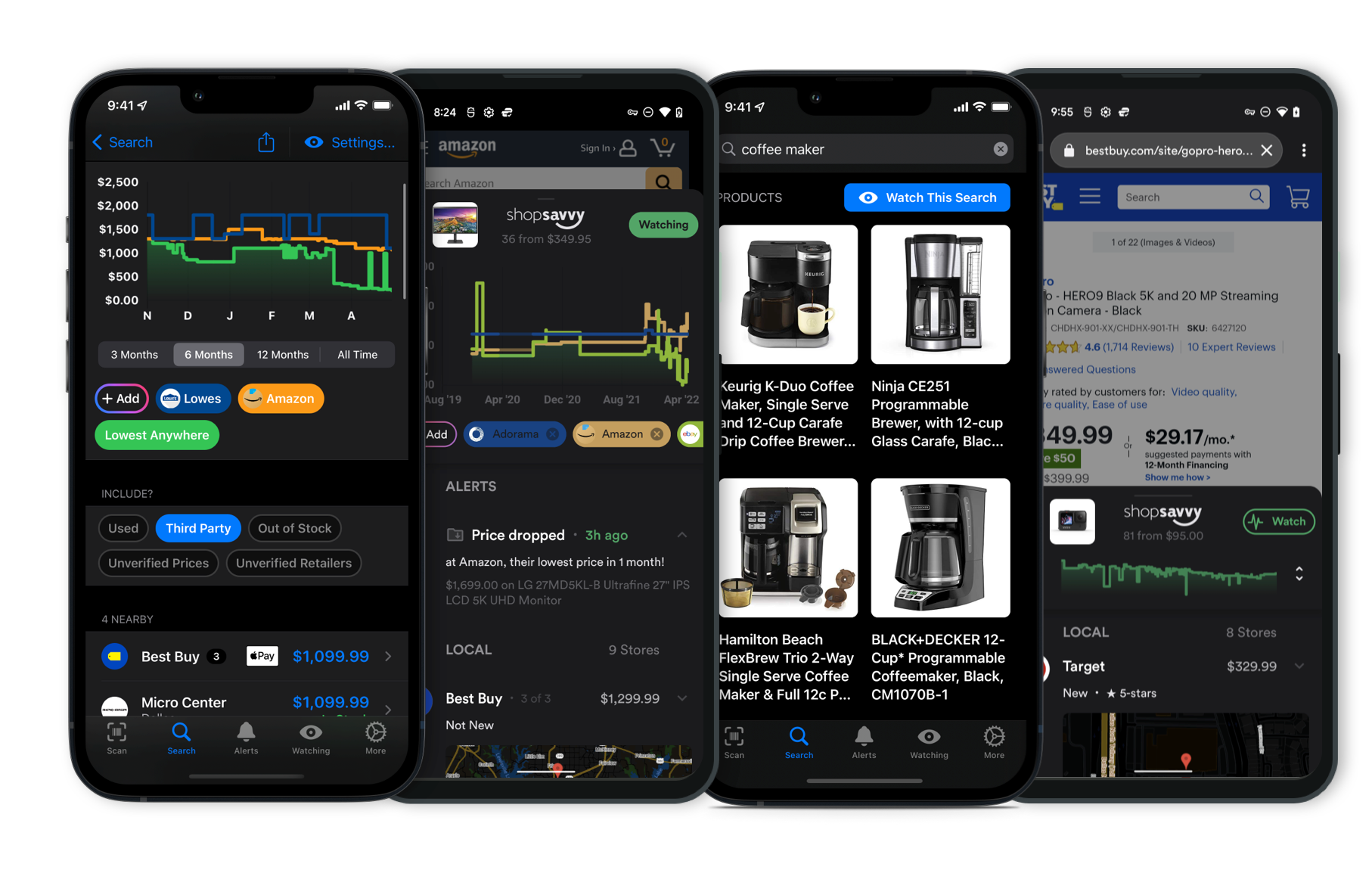
The PRM-9000 Geiger Counter can pick up several types of radiation: alpha, beta, gamma, and X-rays. This makes it pretty handy for different uses, like keeping an eye on the environment or checking safety in places where radiation might be a concern.
It runs on a 9-volt battery. If you switch to a lithium one, the manufacturer claims it can last over four years with normal use, while a standard alkaline battery can go for about two years.
But our research found that getting to the battery can be a bit of a hassle for some folks. There's some fiddling with screws involved, which could be a bit tricky if you're not careful. The manual doesn't offer much in the way of pictures, which might be a bit of a downside if you're not super experienced.
Some find that using rechargeable 9-volt batteries works well with the PRM-9000. You can save power by tweaking settings, like limiting backlight use and lowering alarm thresholds, to make the battery last even longer.
One user mentioned in our data had good results with a USB-C rechargeable 5400 mAh battery, barely needing to recharge with adjusted settings.
So, while the PRM-9000 doesn't skimp when it comes to battery life, you should plan on changing batteries now and then. It might be worth learning how to handle the battery compartment and having an extra on hand if you use features like data logging or backlighting a lot.
If you're using it frequently, rechargeable batteries could be a good bet—they'll help cut down on costs and are a greener option.
For more details, you might want to look at the manufacturer's description or chat with others who use the PRM-9000 to get some practical tips on making the most of it.
Considering the Mazur PRM-9000 Geiger Counter?
Here's our "TLDR" Review
 Download ShopSavvy App
Download ShopSavvy AppCompare prices for anything in real-time, set price alerts, watch for deals by keyword, and much more
 Install ShopSavvy Browser Extension
Install ShopSavvy Browser ExtensionCompare and track prices automatically while you shop online at thousands of websites.
More Answers
If you're still curious about the Mazur PRM-9000 Geiger Counter, here are some other answers you might find interesting:
If you're wondering about the battery life of the PRM-9000 Geiger Counter, here's what we've found. The manufacturer says it varies depending on how often and in what mode you use it. Generally, you can expect around 30 hours of use on a full charge, which seems to match up with most people's experiences.
However, if you're using it in more demanding modes, it might not last as long. On the flip side, casual use could mean you hit the upper end of that 30-hour range. Some folks have mentioned needing to swap out or charge the battery more frequently if they're out in the field for long stretches without easy access to a power source.
It’s worth knowing that the PRM-9000 doesn’t have a USB charging option, so traditional charging is necessary. Planning ahead with spare batteries or a portable charger can save you from running out of juice at a bad time.
Overall, with these insights, you'll have a good grasp of the battery life, and preparing accordingly should help you avoid any hiccups during your work or adventures.
The PRM-9000 Geiger Counter can pick up several types of radiation: alpha, beta, gamma, and X-rays. This makes it pretty handy for different uses, like keeping an eye on the environment or checking safety in places where radiation might be a concern.
It runs on a 9-volt battery. If you switch to a lithium one, the manufacturer claims it can last over four years with normal use, while a standard alkaline battery can go for about two years.
But our research found that getting to the battery can be a bit of a hassle for some folks. There's some fiddling with screws involved, which could be a bit tricky if you're not careful. The manual doesn't offer much in the way of pictures, which might be a bit of a downside if you're not super experienced.
Some find that using rechargeable 9-volt batteries works well with the PRM-9000. You can save power by tweaking settings, like limiting backlight use and lowering alarm thresholds, to make the battery last even longer.
One user mentioned in our data had good results with a USB-C rechargeable 5400 mAh battery, barely needing to recharge with adjusted settings.
So, while the PRM-9000 doesn't skimp when it comes to battery life, you should plan on changing batteries now and then. It might be worth learning how to handle the battery compartment and having an extra on hand if you use features like data logging or backlighting a lot.
If you're using it frequently, rechargeable batteries could be a good bet—they'll help cut down on costs and are a greener option.
For more details, you might want to look at the manufacturer's description or chat with others who use the PRM-9000 to get some practical tips on making the most of it.
If you're curious about how accurate the PRM-9000 Geiger counter is, it seems to generally live up to its claims for detecting nuclear radiation contamination. Our research suggests it's pretty effective, working well for both professional and personal uses.
The manufacturer says this model picks up on alpha, beta, gamma, and x-ray radiation, which definitely widens the range of what it can do. People seem to agree—many have noted that it gives reliable readings most of the time, which is really helpful when you need quick info.
The accuracy might vary a bit depending on what type of radiation you're measuring, but that difference is usually minor for most real-world uses. Of course, like anything, it's not perfect. Things like the environment or how you handle the device can affect its readings.
Extremely hot or cold conditions or rough handling might throw things off a little.
It’s good to keep the user manual handy and follow the guidelines to make sure you're getting the best results. Also, heads up: the battery compartment can be a bit tricky, and using things like the backlight might drain the battery faster.
Overall, it's a solid choice if you need a dependable Geiger counter. Just take care of it, and it should serve you well for various monitoring needs.
Explore Content
Footer 1
Published
Subscribe for Updates
Get the latest news, and updates on ShopSavvy. You'll be glad you did!








